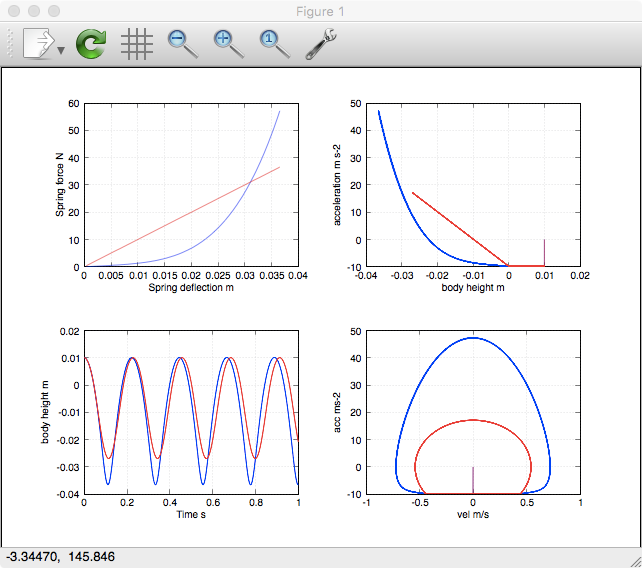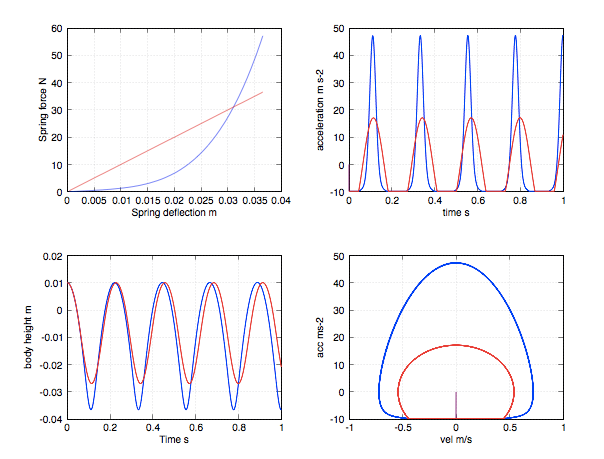vibengrquest
New member
- Jun 23, 2017
- 2
I'm trying to solve for the displacement of a mass with an applied constant load. Initially, there is a gap between the mass and spring, that is quickly overcome due to the applied force. The spring has a variable springrate. I have searched through multiple books and internet sites to find an example problem with a variable springrate and have had no luck. Again, this is an undamped case single degree of freedom case. Any suggestions?


